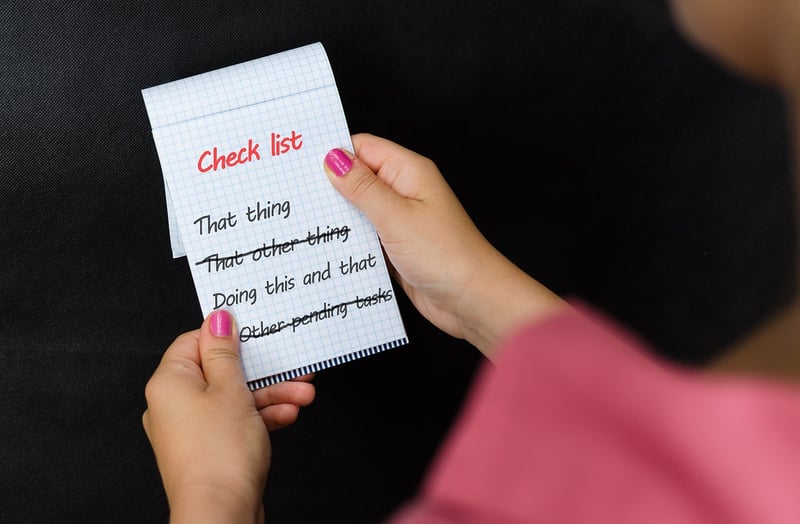Iterative Design
Creating Products that Resonate through Iterative Design
In today’s competitive market, creating products that resonate with customers is essential for long-term success. One approach that has gained significant popularity among product designers and developers is iterative design. This method focuses on continuously refining and improving a product through multiple cycles of design, prototyping, testing, and feedback gathering.
What is Iterative Design?
Iterative design is a design methodology that involves repeatedly refining and enhancing a product through a series of iterative cycles. Each cycle typically includes the following steps:
- Design: Create initial design concepts based on research and insights.
- Prototype: Develop a prototype or mockup of the product to visualize the design.
- Test: Conduct user testing to gather feedback on the prototype.
- Feedback: Analyze the feedback and make necessary adjustments to improve the product.
Benefits of Iterative Design
Iterative design offers several benefits for product development, including:
- Continuous Improvement: By incorporating feedback into each iteration, the product can continuously improve and evolve.
- Reduced Risk: Testing and refining the product at each stage helps mitigate the risk of launching a product that does not meet user needs.
- Cost-Effective: Addressing issues early in the design process can save time and resources in the long run.
- User-Centric: By involving users in the design process, the final product is more likely to meet their needs and expectations.
Implementing Iterative Design
To implement iterative design effectively, consider the following tips:
- Set Clear Goals: Define clear objectives for each iteration to guide the design process.
- Involve Stakeholders: Collaborate with stakeholders, designers, developers, and users throughout the process.
- Use Prototyping Tools: Utilize prototyping tools to quickly create and test design concepts.
- Collect Feedback: Actively seek feedback from users and stakeholders to inform design decisions.
By embracing iterative design principles, product teams can create products that resonate with users, meet their needs, and stand out in the competitive market.

Image source: Pixabay
